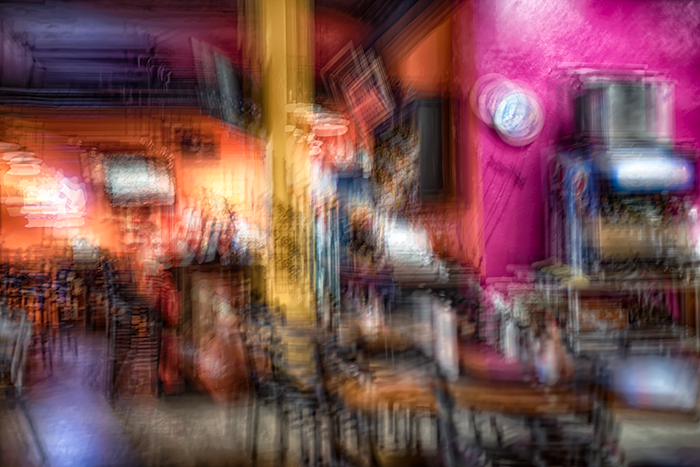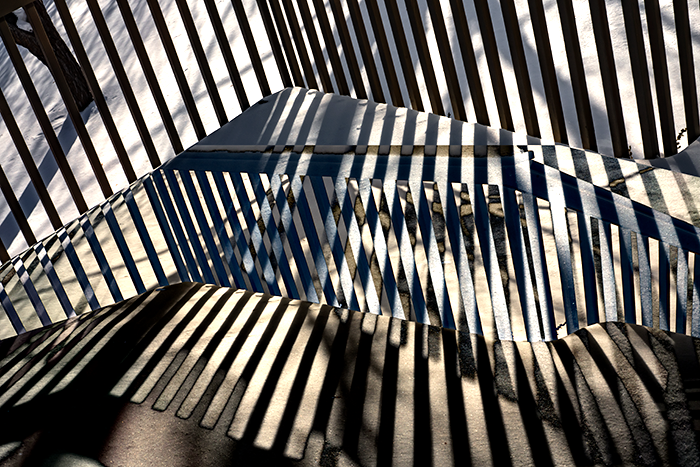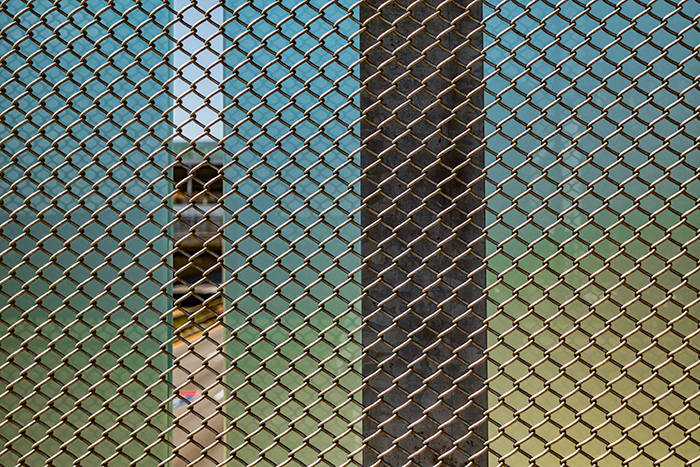Extensive Abstraction
Spatiotemporal coherence
Materialistic analysis
Event limitation
Isolating powerful undulating energy pulsating on the dynamic shore intersection, sense-awareness perceives one unit factor in nature bound by duration.
“The sea which lies before me as I write glows rather than sparkles in the bland May sunshine.” – Iris Murdoch










